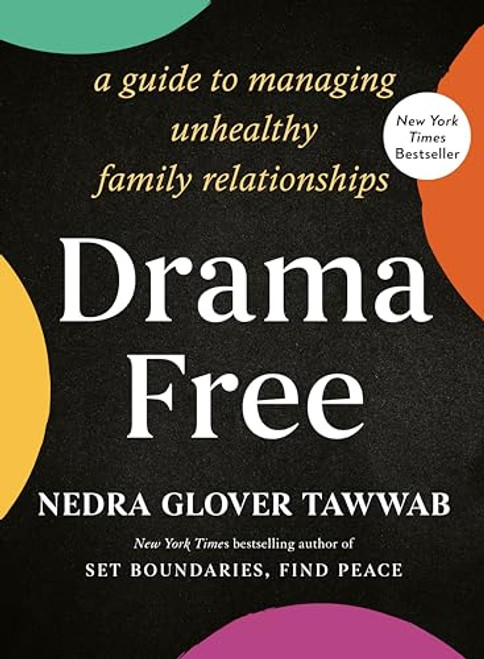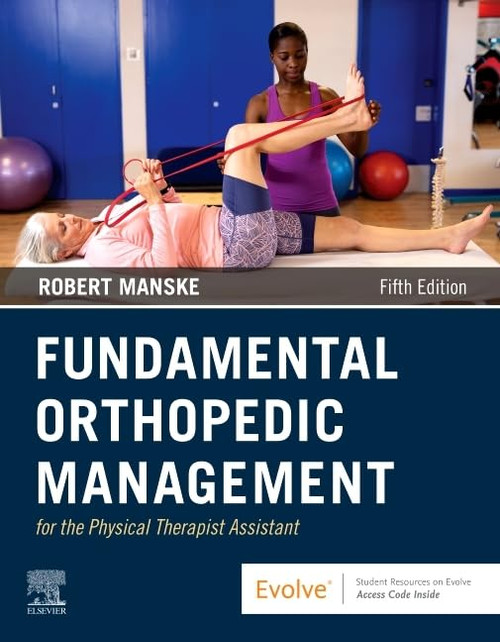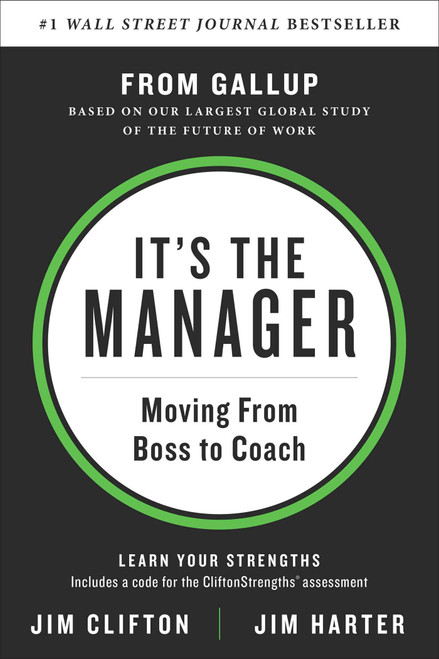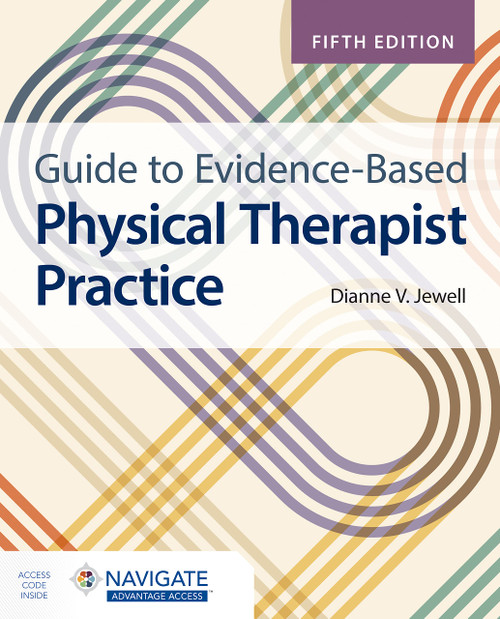The Karpman Drama Triangle is a psychological model used around the world in coaching, management, training and therapy. This book explains it in a concise, jargon-free way, for professionals in these fields, for students, and for inquisitive non-specialists. Why do people act out Drama? How do they do it? What can we do about it, for ourselves and other people? This book answers these questions. It begins by showing the Drama Triangle in action. What does Drama look like? It then goes into detail about the three Drama Triangle roles: Persecutor, Victim and Rescuer. It explains how everyone finds themselves compelled to play these roles, though some people play them a lot more than others. It shows how everyone is taught the roles as children; how the roles are encouraged in our adult lives; and how they appear to bring benefits like power, identity, structure and authenticity, but actually dont. Next, the book introduces what Eric Berne called Games. Once playing a role, someone can invite other people onto the Triangle and get them playing complementary roles. The inviter can then switch roles the Triangle is dynamic, not static. This switch often compels other people to change roles, too. If youve had that feeling of What the hell just happened there?, youve probably been switched. Games can be painful, demoralizing and energy-sappingbut they can be avoided. The book shows how some environments are more conducive to Drama and Games than others. It suggests ways of changing such environments where possible. Sadly, some environments are inevitably toxic. We can learn to spot them (the book provides hints), then either avoid them or enter them with powerful armour. This armour is the subject of the second half of the book. The book shows how we can get out of a Drama if we see one brewing, using the authors own Drama DEFCON model. It shows us how to look after ourselves if weve been in a Drama and, especially, if weve been switched. It explains why we often feel the need to have the last word and why this is a bad idea. Relationships can be ruined by long-running Dramas or regular rounds of Game-playing. The author calls such endless re-runs Sagas, and presents his Seven Step Model for sorting them out, for once and for all. For coaches and therapists, or anyone seeking personal change themselves, the author presents his coaching / therapeutic tool, the Drama-Ditching Wheel. Finally, the book shows how we can live without Drama. Getting rid of Drama can, strangely, leave a hole in our lives. There are constructive ways to fill this hole so we never feel the need to act out those inauthentic and hurtful roles of Persecutor, Victim and Rescuer ever again. This is a book for coaches, managers (especially HR professionals), trainers, therapists and anyone else who is fascinated by human psychology, who wants to live a better, happier life and who would like to help others do the same.
The Karpman Drama Triangle Explained: A Guide for Coaches, Managers, Trainers, Therapists and Everybody Else
$18.35 - $22.04
- UPC:
- 9780993023361
- Maximum Purchase:
- 2 units
- Binding:
- Paperback
- Publication Date:
- 3/11/2020
- Author:
- West, Chris
- Language:
- English: Published; English: Original Language; English
- Pages:
- 177











